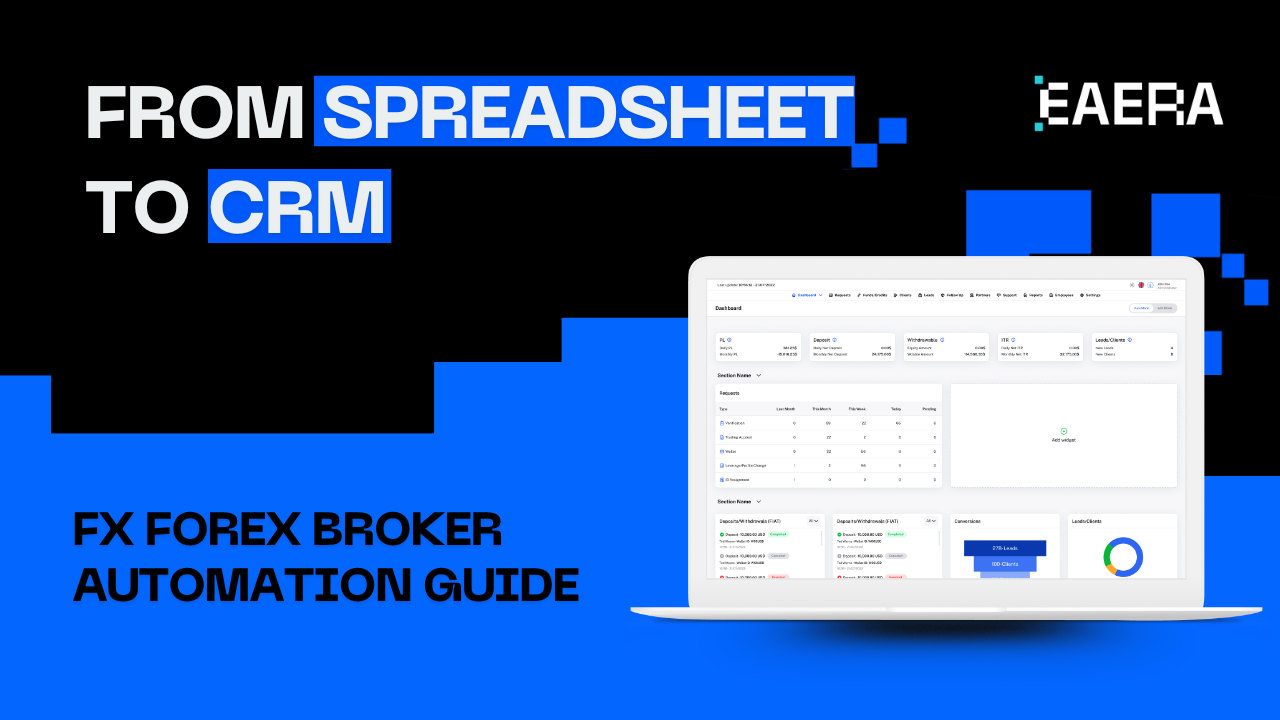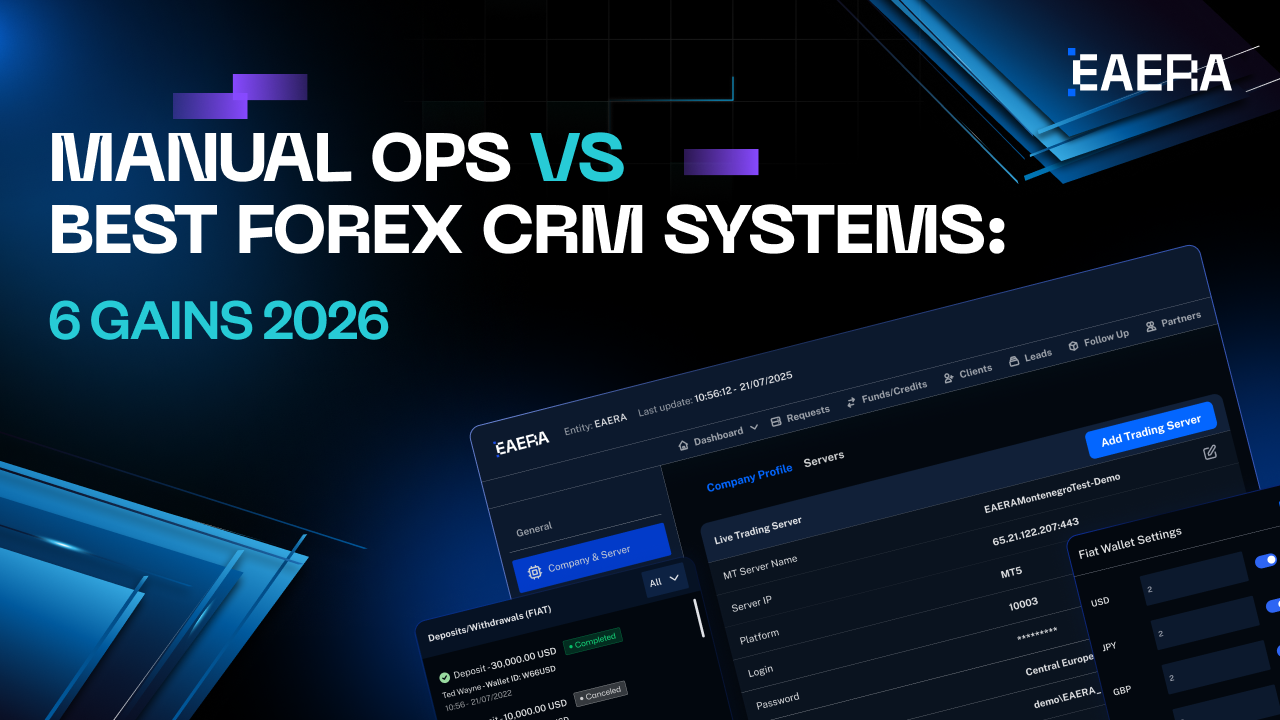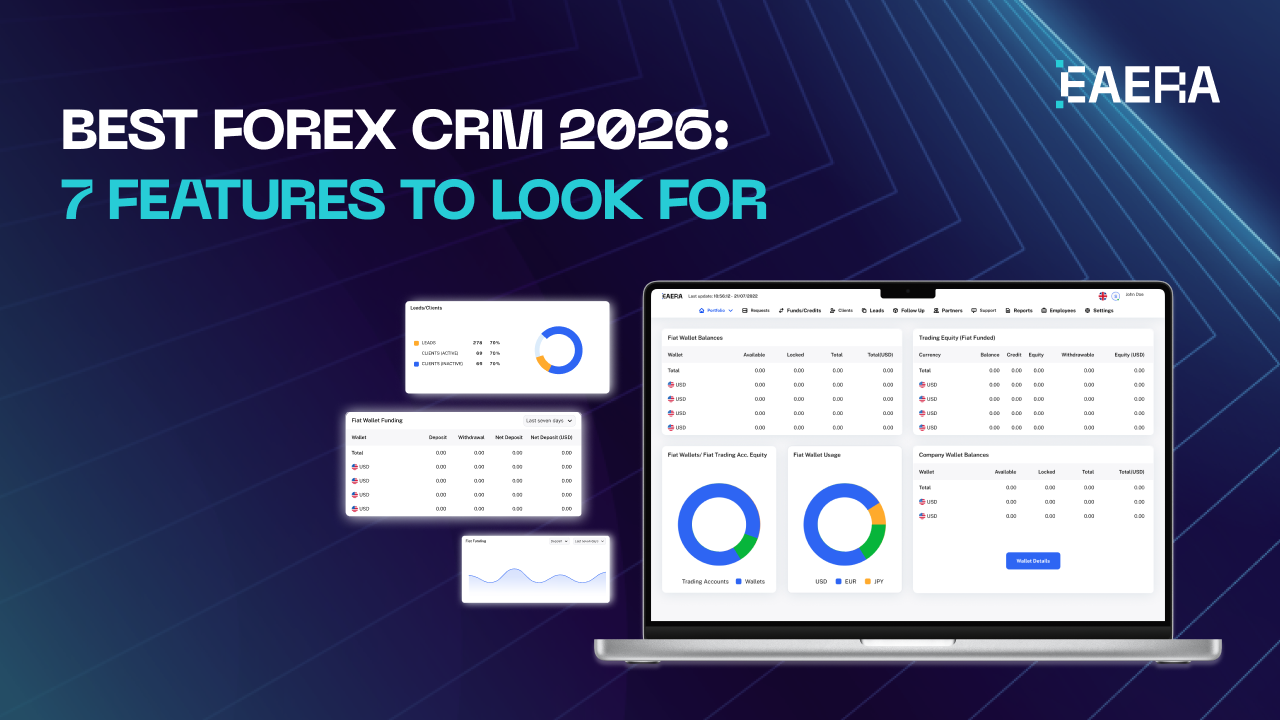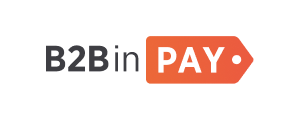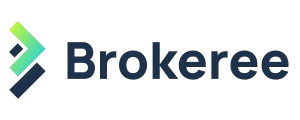Running a successful fx forex broker operation today demands more than just a sharp trading strategy—it requires efficiency, speed, and smart technology. Yet, many brokers still rely on outdated spreadsheets to manage leads, client data, and compliance tracking. This manual approach not only slows growth but also increases the risk of costly errors.
If you’re an fx forex broker looking to scale your business, improve client management, and automate repetitive tasks, transitioning from spreadsheets to a CRM system could be the game-changing move you need. In this guide, we’ll explore how brokers can make that shift smoothly, and what benefits automation brings to the table.
Let EAERA help you to discover this!
1. Why Spreadsheets Are Holding Your Brokerage Back
Many fx forex brokers still rely on spreadsheets to manage leads and clients. While familiar, they quickly become inefficient as your brokerage grows.
- Manual Errors and Wasted Time: Spreadsheets require constant manual input, making your team prone to errors and delays. A fx forex broker can’t afford to waste time fixing data or chasing updates when every second counts in a fast-moving market.
- No Clear View of Clients or Leads: As client data spreads across multiple files, tracking leads and managing relationships becomes chaotic. This lack of visibility causes missed follow-ups and lost opportunities—issues no fx forex broker can ignore.
- No Automation or Insights: Spreadsheets can’t automate tasks or provide real-time insights. Without automation, you’re stuck reacting instead of proactively managing growth and compliance.
2. The Role of CRM in a Modern FX Forex Brokerage
For today’s fx forex broker, a CRM is a must-have tool—not just a nice-to-have. It replaces scattered spreadsheets with one centralized platform.
- Why CRM matters: A CRM helps a fx forex broker manage leads, track client activity, and automate key tasks. It improves speed, accuracy, and team collaboration.
- Benefits: With a CRM, a fx forex broker can onboard clients faster, stay compliant, and deliver better service. Automation handles follow-ups, reminders, and reporting.
- Real results: One fx forex broker boosted conversions by 25% after switching to CRM—simply by streamlining lead tracking and improving response times.
3. How to Transition from Spreadsheets to CRM: Step-by-Step
Transitioning to a CRM can feel like a big step, but for any fx forex broker aiming to scale, it’s a move that brings immediate operational benefits. Spreadsheets may work early on, but they can’t support the complexity and compliance demands of a growing fx forex broker. Here’s how to make the shift easier and more effective.
Assess Current Workflows
The first step for a fx forex broker is to audit all current spreadsheets and workflows. Identify what’s being tracked—leads, clients, KYC, communications—and where manual processes are creating delays or errors. This helps define your CRM requirements.
Choose the Right CRM
Not every CRM suits a fx forex broker. Look for platforms that offer forex-specific features like MT4/MT5 integration, multi-currency support, KYC/AML tools, and flexible reporting. The ideal solution will meet both operational needs and regulatory requirements.
Migrate and Train
Once selected, a fx forex broker should clean and import their data, customize pipelines, and set up key automations. Proper team training is essential so that every fx forex broker staff member uses the system effectively from day one.
With the right steps, a fx forex broker can move from spreadsheets to a smart CRM setup quickly—unlocking speed, control, and growth.
4. Key Features Brokers Should Look For in a CRM
Choosing the right CRM isn’t just about convenience—it’s about finding a system tailored to the demands of a fx forex broker. The right solution can improve client management, streamline operations, and support long-term growth.
Forex-Specific Tools
A CRM built for a fx forex broker should include features like automated KYC/AML checks, document uploads, and integrations with trading platforms such as MT4 and MT5. These help reduce onboarding time and centralize client data.
Automation, Segmentation, and Reporting
To manage hundreds of leads efficiently, a fx forex broker needs smart automation. Look for tools that segment clients by trading behavior or region, trigger follow-ups, and generate real-time performance reports.
Compliance and Data Security
Regulatory compliance is non-negotiable. A CRM should help a fx forex broker meet global standards for data handling, with features like role-based access, audit trails, and secure data encryption.
In today’s fast-moving market, a fx forex broker equipped with the right CRM gains a serious edge—not only in efficiency but also in client trust and regulatory confidence.
5. Common Pitfalls in CRM Migration (and How to Avoid Them)
CRM migration can be transformative, but if done poorly, it can create more problems than it solves—especially for a fx forex broker. Understanding common pitfalls is key to a smooth transition.
- One major issue is incomplete data mapping. A fx forex broker often has data spread across multiple spreadsheets, and missing key fields during migration can lead to broken workflows. Always clean and structure your data before import.
- User adoption is another hurdle. Even the best CRM will fail if your team doesn’t use it. A fx forex broker should invest in proper training, onboarding, and clear usage protocols to ensure everyone adapts quickly.
- Lastly, integration errors can cripple automation. A fx forex broker relying on platforms like MT4/MT5 must ensure seamless CRM integration. Testing and validation before going live helps prevent costly disruptions.
When handled with care, CRM migration can unlock powerful benefits for any fx forex broker.
6. The Payoff: Automation Results You Can Expect
Adopting CRM automation offers immediate and measurable benefits for any fx forex broker. By eliminating manual tasks, brokers gain significant time savings and operational efficiency. A fx forex broker can respond to leads faster, automate follow-ups, and reduce human error across the board.
This leads to improved lead-to-client conversion, as no opportunity slips through the cracks. More importantly, a fx forex broker can scale client servicing without expanding the team—automated workflows handle onboarding, support, and compliance.
With the right CRM, a fx forex broker becomes faster, leaner, and more competitive.
For any fx forex broker, the journey from spreadsheets to CRM marks a crucial turning point toward efficiency, scalability, and smarter client management. We’ve explored why outdated tools hold your brokerage back, how the right CRM can solve those challenges, and the steps to make a smooth transition. By embracing automation, a fx forex broker can unlock faster onboarding, better compliance, and long-term growth.
Ready to take the next step? Discover how EAERA’s CRM solutions are built specifically for brokers like you. Schedule a free demo today and see the difference for yourself.
